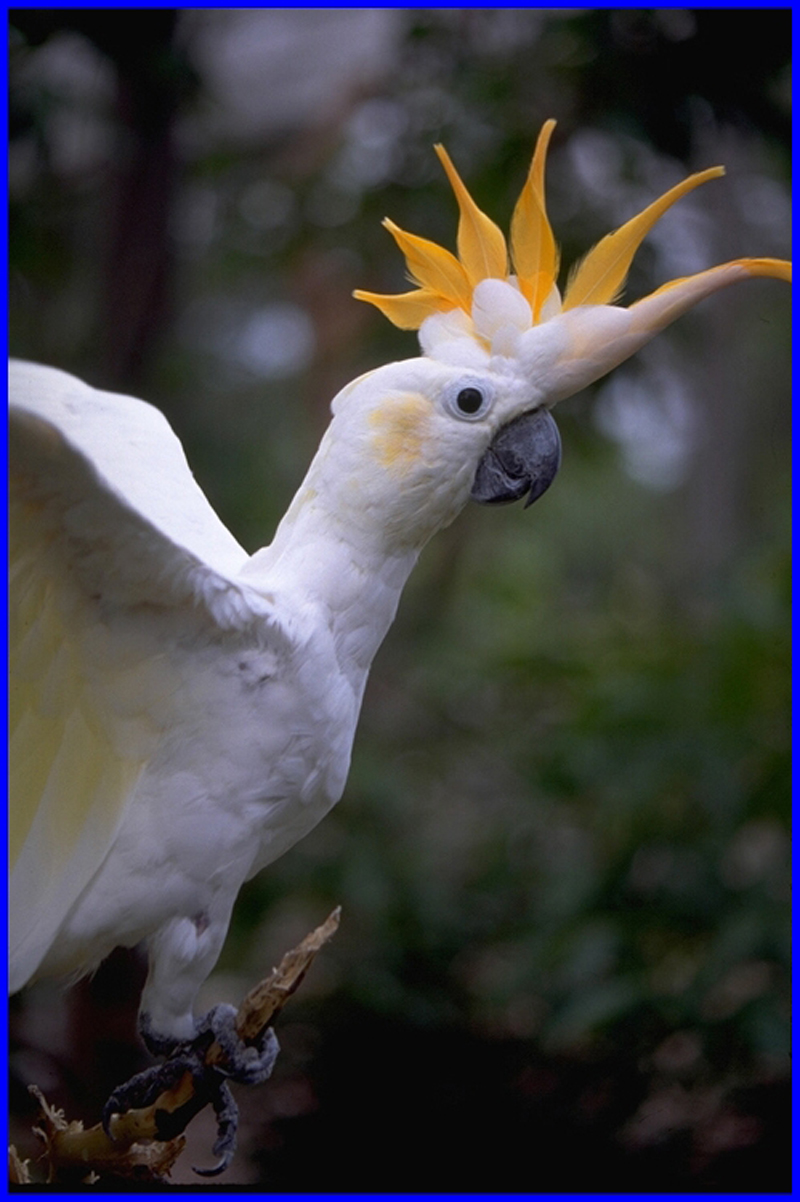
As per vocal standards of parrots, citron cockatoos are usually quieter still they can suddenly make startling high-pitched shrieks and loud growing sounds. Though citron cockatoos are not as skilled at imitating vocals as other parrots still they can have nearly 15 phrases and words in tier vocabulary. In the early morning, most of the talker birds are most vocal. Vocalization And Speech Of Citron Cockatoos They can easily learn to do tricks like wave, play fetch, and dance as well as speak. Generally, as compared to other parrots, cockatoos, especially citron cockatoo, need more human attention.Īll species of cockatoos are in general intelligent birds. I recommend keeping this species as a pet to the bird owners who have a lot of space and time to spend with it. It will like to be as near as possible to its owner. This bird is more affectionate and curious than others once it feels comfortable with you. As compared to other cockatoos citron cockatoo is a bit more reserved by nature and takes somewhat more time to be familiar with the new environment. Though as compared to most of the species of cockatoo, citron cockatoos are quieter but they have attractive personalities and love to interact and play with their owners. Advertisements The Temperament Of Citron Cockatoo Since then the number of citron cockatoo increased slowly and steadily with the start of recovery efforts. In order to stop the extinction of citron cockatoo, a program was initiated by the Convention on International Trade in Endangered Species or CITES in 1992. So their future is considered to be at great risk.įor this reason, conservationists focus on the survival of the citron cockatoo. Similar to other animals that live on small islands, the citron cockatoo also has to face overnight disasters due to storms and other natural events. Citron cockatoos are also facing habitat problems due to competition with larger parrots and owls to find nesting sites high above the ground or in hollows in the trees in the forest. The main threats to the survival of the species of citron cockatoo included the loss of habitat due to logging and urban development as well as a collection of wild birds. But their existence is at a greater risk these days due to the rapid disappearance of their habitat due to cutting down forests for sale. The small natural range of citron cockatoos is found in closed-canopy-type forests.

Officially the entire range of native cockatoos, including all the 6 subspecies, has been classified as a rare species because of a decline in their population due to illegal trapping for trading as pets as well as loss of habitat. They usually prefer to live along the edges of tropical forests. Citron cockatoos are also found on the Timor and Palau islands near northwest Australia. Originally the citron cockatoo belongs to the Sumba and Sunda islands of Indonesia and for that reason earlier they were known as Sumba cockatoo. In ideal circumstances, they can live up to 50 years in captivity. Many people like to have them as pets due to their attractive personalities. They look amazing due to their orange ear coverts with white plumage and yellow feathers under their tail and wings along with their orange-colored crest. Their orange crest makes them different from other subspecies of lesser sulfur-crested cockatoos. Among other subspecies of lesser sulfur crested cockatoos, Citron is a bit quieter, and smallest variety as from head to tail it is just 12 to 15 inches long.

There are 6 subspecies of lesser Sulfur-crested cockatoos and the Citron cockatoo is one of them. 15 Where to get a Citron Cockatoo? Introduction With Citron Cockatoo


 0 kommentar(er)
0 kommentar(er)
